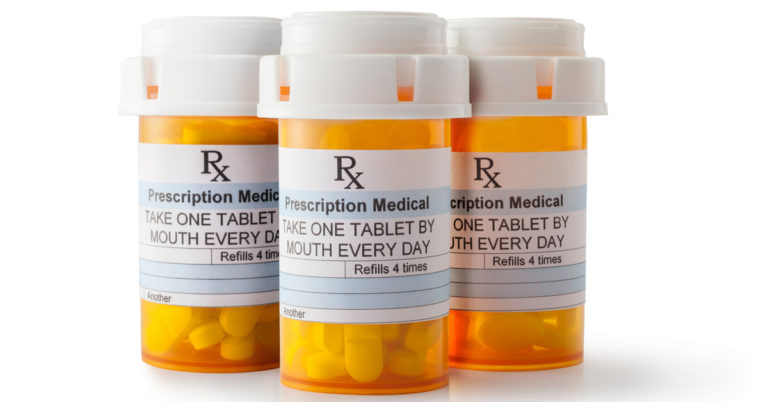Have Scouts who take medications? Read these instructions, too

Plan ahead. Talk to the Scout’s parents. Be smart about storage and labeling.
Taking these steps and others when dealing with a youth member’s medication is a vital part of keeping our Scouts and Venturers safe and healthy.
Here’s the latest: The July 2016 update to the Guide to Safe Scouting includes some new guidance on medication use in Scouting. It’s all covered in this PDF, but I have included some highlights below from the BSA’s Health and Safety team.
8 elements of safe medication use
- Annual Health and Medical Record: Using the Annual Health and Medical Record and listing all medications in the “Health History” section is how information is documented.
- Plan: Having a plan affirmed by the youth, his or her parents and the leader is a huge help — especially with medication that is self-administered or kept by the youth member. A “drug holiday,” where parents let their Scout take a break from medications for the weekend, isn’t a good plan.
- Supervision: Based on agreement and capacity for self-care, a decision is made on who is responsible for supervision of the medication administration.
- Labeling: If you have ever been handed or had to keep up with medication for 10 to 100 Scouts, you will probably appreciate this guidance: Medication sent on an outing should generally be in the original container and labeled with the name of the participant, medication, dose and strength, prescribing health care provider’s name, date of prescription, current instructions for use, special storage, etc. Pharmacies will print out labels on small bottles for such use.
- Storage: Tips — but not prescriptive advice — for securely storing medications include keeping it under “lock and key” (like a locking bank bag) or direct observation. This is especially important for substances that might be subject to theft or abuse.
- Emergency medication: Those inhalers or epi-pens don’t do much good locked up. In addition, a buddy may need to help administer in an emergency. It’s also critical to make sure everyone understands what happens if emergency use is needed. In many cases this may require evacuation vs. stay and play.
- Nonprescription (over-the-counter) medication: It’s not uncommon for such things as Benadryl or ibuprofen to be carried along, and the same planning process described above can apply.
- Accountability: The larger the group, the more complex the plan. Having a system to document when medications were delivered or administered may be needed to keep track of medication.
See the full guidelines here. Review the Guide to Safe Scouting, including the July 2016 updates, at this link.
Further reading
- Blog post: How do you handle prescription medication on Scout trips?
- Blog post: SCOUTStrong Be MedWise award encourages responsible use of medicine
- Blog post: Scouting gets a good checkup from U.S. Surgeon General
